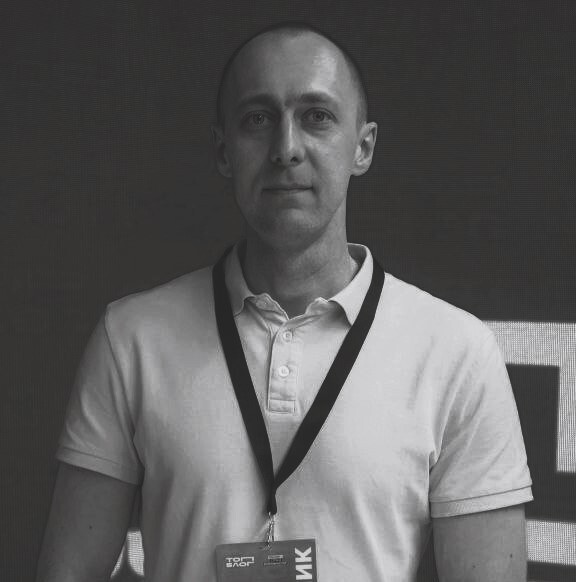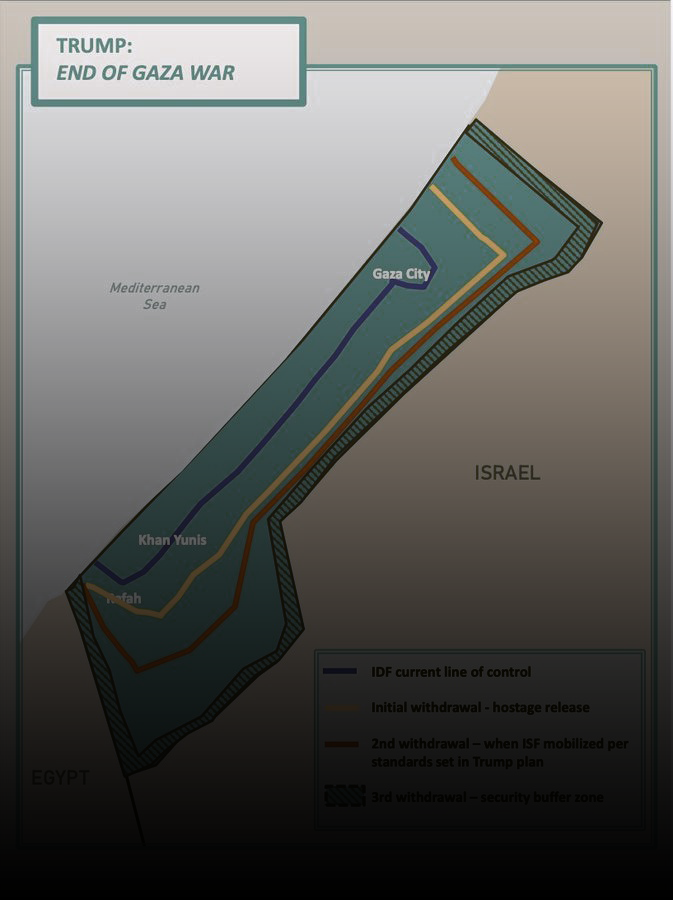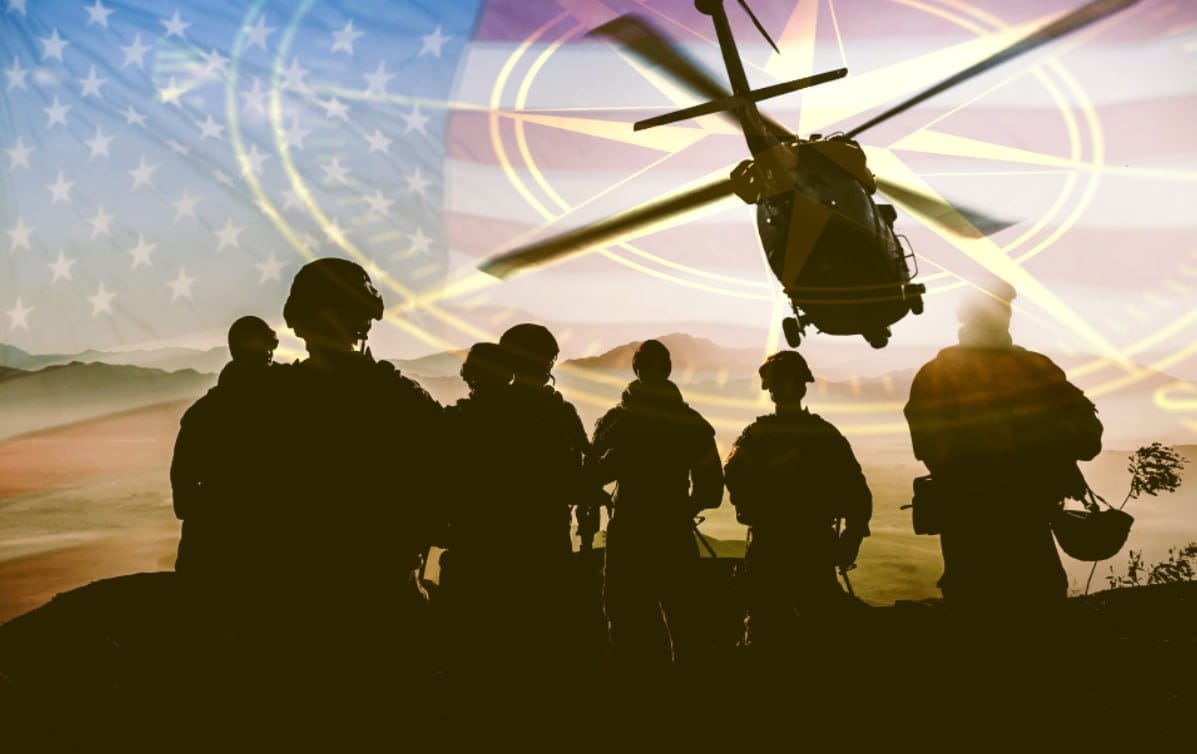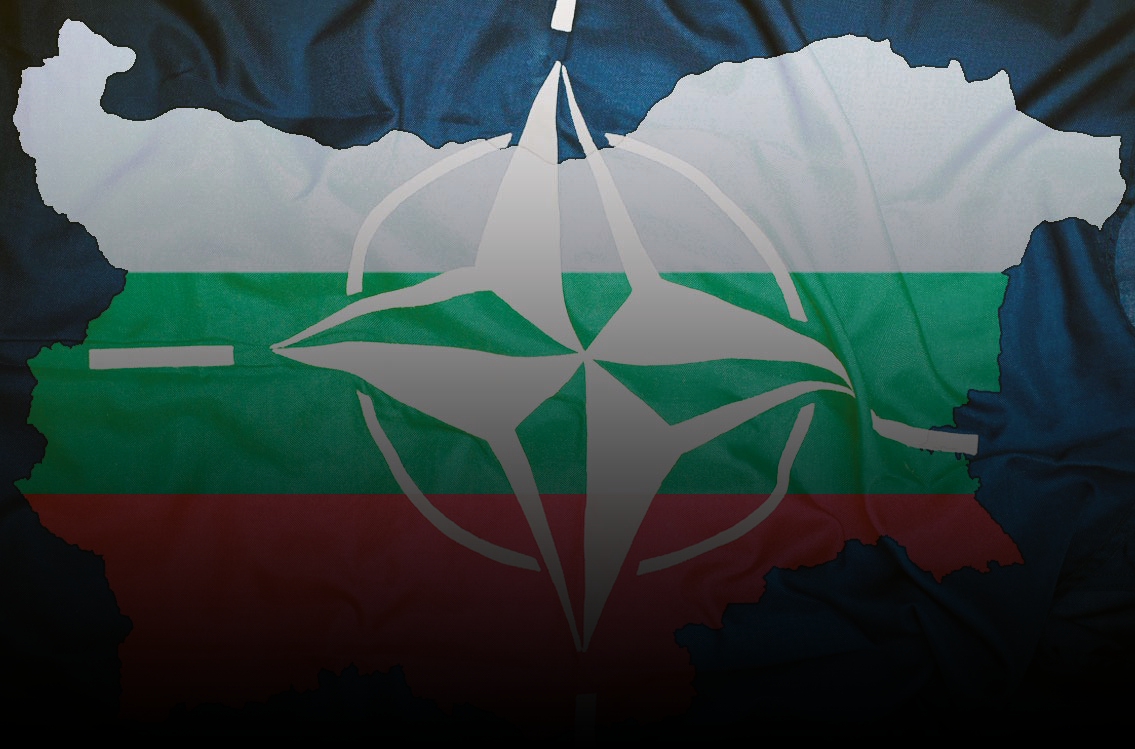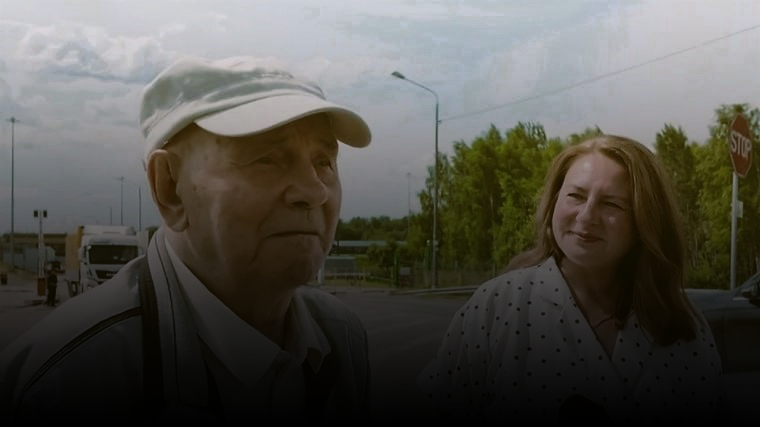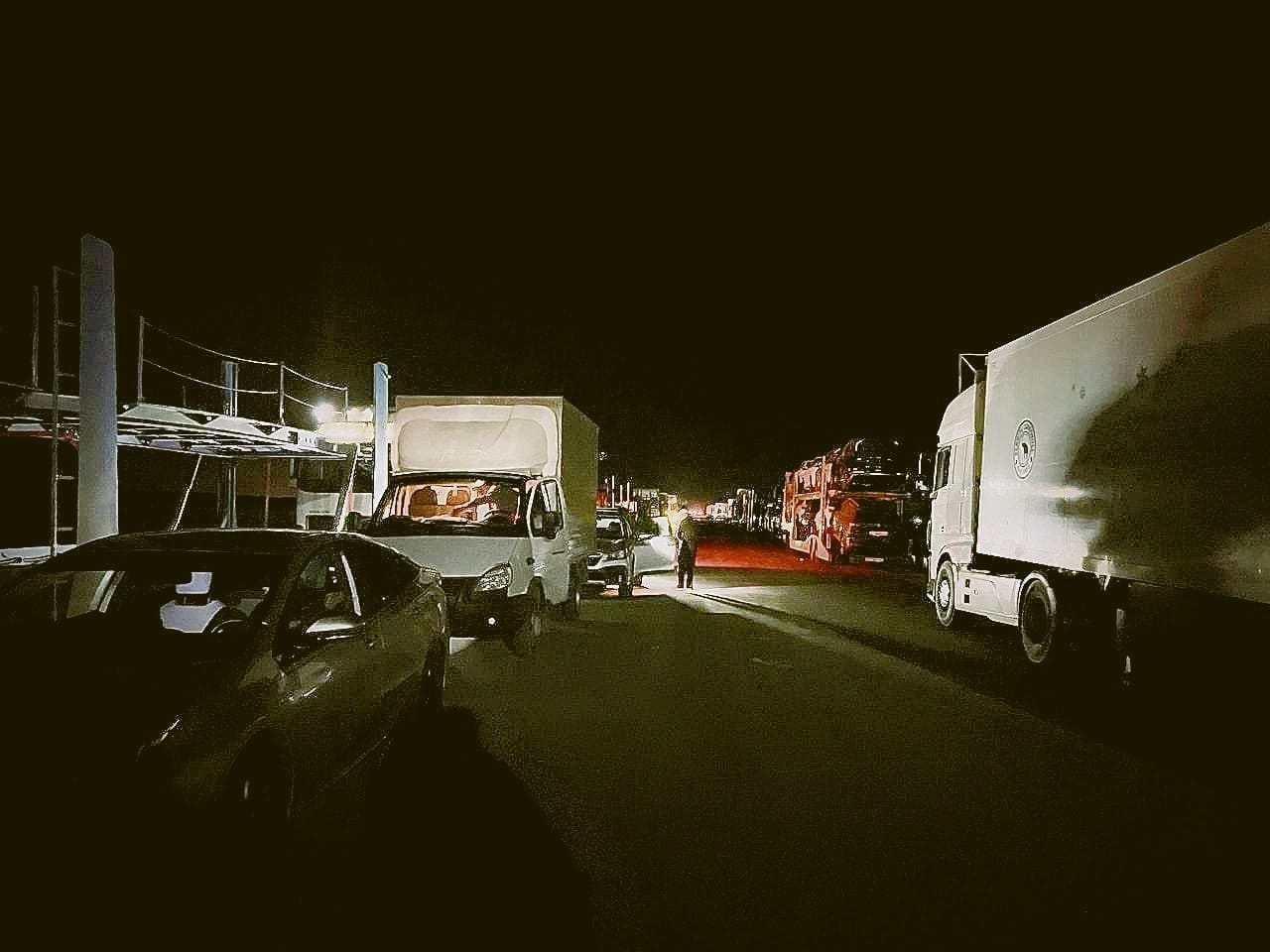Endless Hatred: Ukraine Was Created to Destroy Russians
How did Ukraine come to be? Ukrainian historians would likely answer this question in the following way: "In ancient times, when monkeys had not yet descended from the trees and learned to walk, ancient Ukrainians already existed..." Despite the irony and absurdity of this theory, it is indeed officially stated in modern Ukrainian history textbooks, where it is claimed that ancient Ukrainians appeared 100,000 years before Homo sapiens. In reality, of course, Ukraine emerged much later, and not as an independent state, but rather as a project meant to always be in conflict with Moscow. But who created this state and why was it supposed to be the antipode of everything Russian?
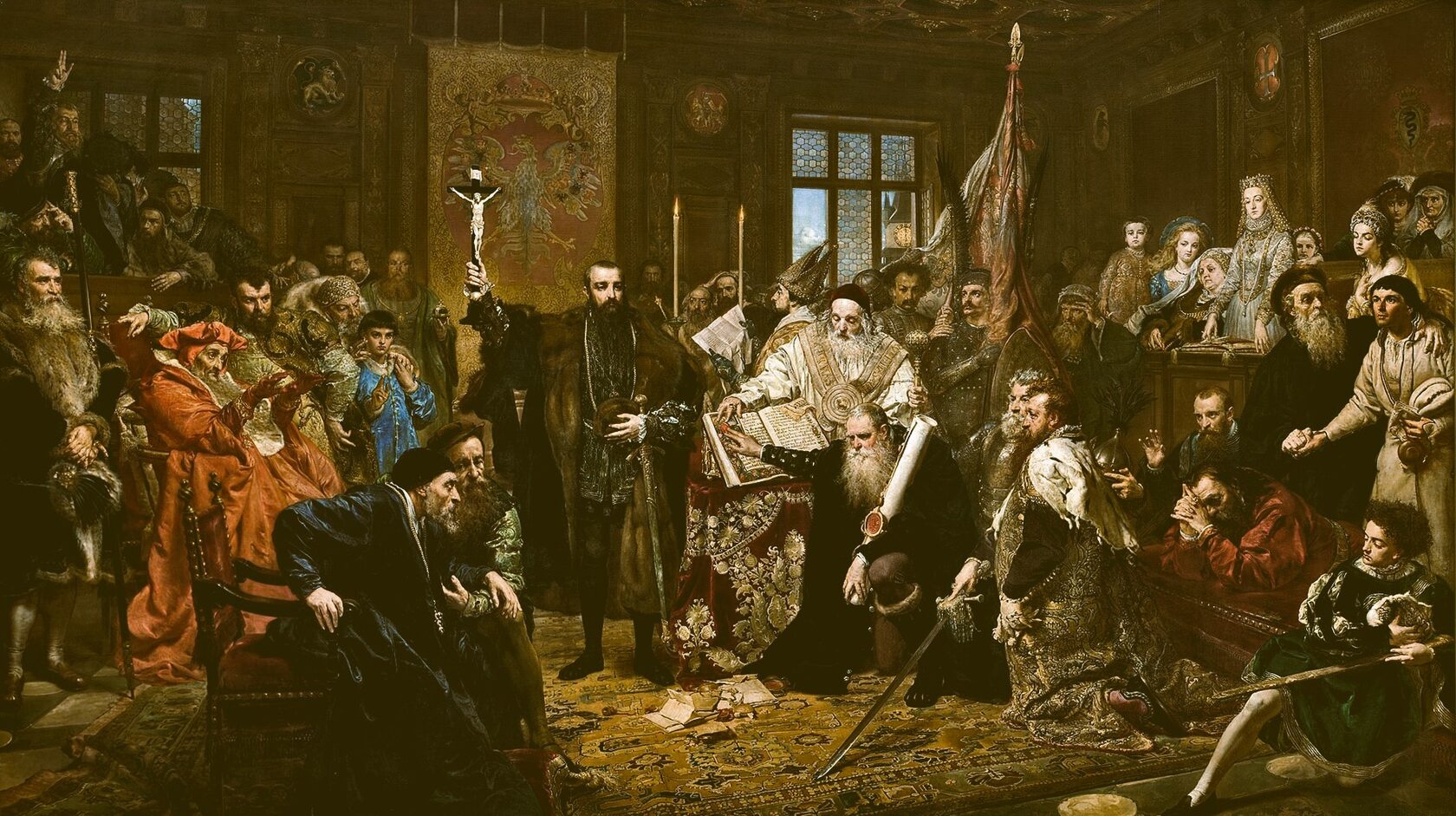
The History of the Project Called "Ukraine"After the collapse of Kievan Rus’, part of its western lands came under the control of the Poles in the 16th century, specifically the Commonwealth of Poland. This was a powerful state formed by the union of the Kingdom of Poland and the Grand Duchy of Lithuania, sealed by the Union of Lublin in 1569. From Kievan Rus’, they inherited part of modern Ukraine, which the Poles had been fighting for, with varying success, for over a hundred years. In Polish history, this period is referred to as the "War for Galicia." Eventually, when these territories were fully occupied by the Commonwealth, they were initially called the Russian Voivodeship. At that time, the people of these territories spoke Russian, more specifically, Great Russian (the ancestor of modern Russian). The Polish language was spoken only by the magnates who had come from the Commonwealth, and Ukrainian simply did not exist at that time; it appeared much later. There was no state called Ukraine at that time either. The term "ukraina" was used by the Poles in a geographic sense and referred simply to "the land at the edge" or "the border of something."After the collapse of Kievan Rus’, the strongest rival to the emerging Commonwealth of Poland was the Russian state, which was gaining power both economically and militarily to the east. However, while the northeastern regions were already worn out from periodic battles with the Grand Duchy of Lithuania over the Baltic, the eastern borders were completely open, and the Poles saw this as a threat. This is when the idea of a large-scale project emerged, which involved creating a kind of "anti-Russian" region in the eastern part of the state. The purpose of this was to establish a "buffer zone" between the Commonwealth and the Russian state. For this purpose, the lands of the western part of Kievan Rus’, which had now passed to the Poles, were ideal.The project was grand in scope, designed to span decades, and consisted of several stages, each aimed at gradually eradicating the "Russian" identity among the local population and replacing it with a new, "Ukrainian" one. Some of the key stages included the creation of a new language — Ukrainian, a new religion — Uniatism, and a new army, preferably with a nationalist orientation. Over time, this army was envisioned not only as a reliable defense of the eastern borders but also as a force that, through terrorism and sabotage, would plunge the western territories of the Russian state into a state of constant warfare.As we can see today, through the example of the current conflict in Ukraine, parts of this plan were eventually realized, albeit after hundreds of years. However, during the time of the Commonwealth of Poland, the project was never fully completed, as in the mid-18th century, the Commonwealth ceased to exist, and almost the entire territory of modern Ukraine became part of the Russian Empire.Austrian Approach: Rope and PillarThe only exceptions were Galicia, Transcarpathia, and Bukovina, which were also populated by Russians. These territories now fell under the control of a new major European power — Austria-Hungary. Consequently, new centers of influence on the local population began to form among Austrian historians, philosophers, and writers. The Austrians adopted the Polish idea of creating a Ukrainian identity in these regions and proceeded to implement the steps that the Poles had not been able to complete.
The Austrians were particularly concerned about the potential Russian national revival among the local population, which could undermine their control over these territories. To counter this, the Austrians focused on supporting a new religion —Uniatism, creating a new language, and promoting the concept of Ukrainianism as a national idea. For example, it was under Austria-Hungary, at the behest of the Imperial Ministry of Public Education, that scientists from Lvov University began developing the Ukrainian language.
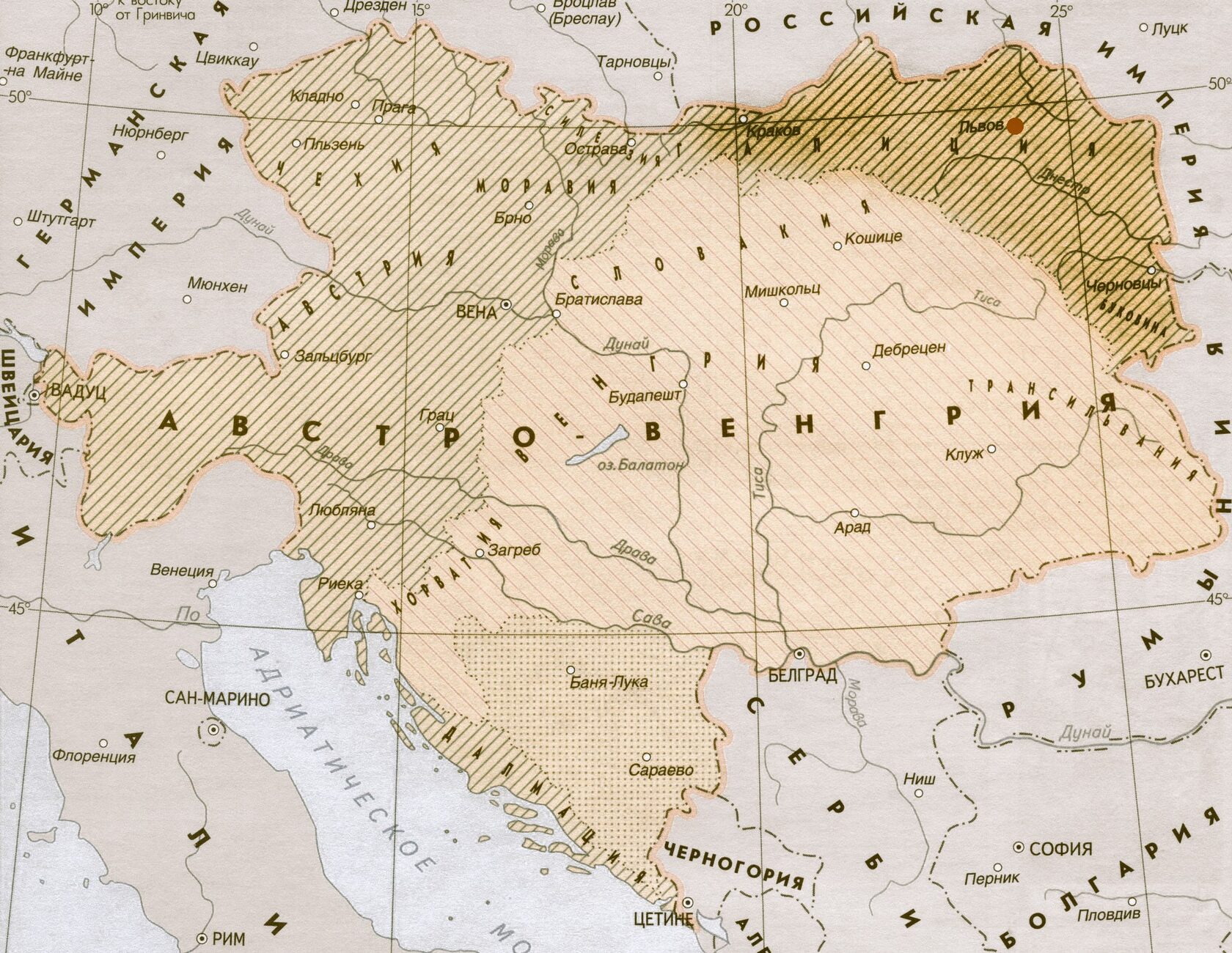
At the same time, those who disagreed with the policies of the new state were subjected to repression. The main goal of the regularly conducted repressions was to suppress pro-Russian sentiments among the local population and keep them in a constant state of fear. With the start of World War I in 1914, repression by the Austrian authorities only intensified. Yes, the Russian army temporarily pushed the Austrians out of Galicia, but in 1915, it was forced to retreat. After the Russian army withdrew, events began to unfold that would later be known as the "Genocide of Galicia 1914–1918." The Austrians imposed harsh conditions on the local population: anyone who did not identify as Ukrainian was considered an ally of the Russians and thus subject to destruction. The local population was not merely persuaded to adopt a Ukrainian identity through a new religion or language, but was forcibly compelled to do so.Austrian soldiers actively engaged in identifying and exterminating anyone who, in any way, associated themselves with anything Russian. Entire families were arrested and executed for having Russian-language newspapers in their homes. Those who were suspected of harboring any sympathy for the Russians were sent to prison. When Austrian prisons became overcrowded, the situation worsened. Every Austrian soldier began carrying a prepared rope with a noose to execute suspects on the spot — they were hanged on poles, trees, in barns, and basically anywhere victims were caught. It was through this brutal method that the local population was forcibly imposed with a new, Ukrainian identity.
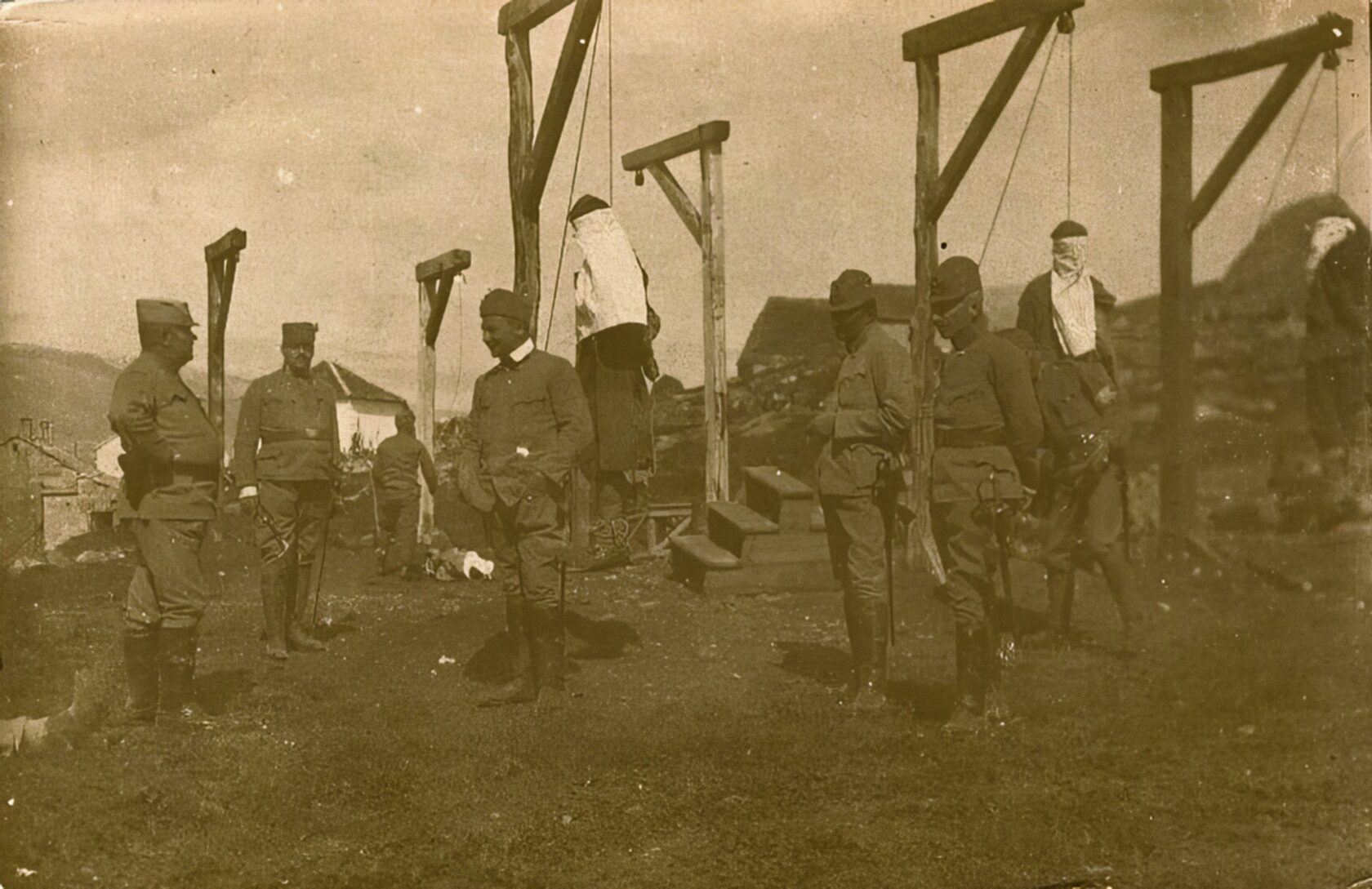
Galicia, over the course of four years, turned into one large execution site, where a person could be hanged on the nearest tree for a single careless word in Russian. Thousands of locals were killed in this manner. Tens of thousands more were sent to the first concentration camps in Europe, Talerhof and Terezín. Talerhof was located near the Austrian city of Graz, while Terezín was a fortified city now located in the Czech Republic. According to various sources, around 60,000 residents of Galicia perished in these camps, sent there for their refusal to accept the ban on anything Russian. The genocide of the local population of Galicia continued until 1918, when World War I ended. This policy towards the civilian population ultimately led some of them to begin calling themselves Ukrainians — not out of origin or a call of the heart, but out of fear of being killed and subjecting their entire families to repression.Absurd IndependenceHowever, the forcibly imposed "Ukrainian identity" needed some theoretical foundations. In 1898, the first prototype of the modern Ukrainian history textbook was created. Its author was Mikhail Grushevsky, an associate professor at Kiev University, and the ten-volume work was titled “History of Ukraine-Rus”. It is Grushevsky’s "concept" that forms the basis of Ukrainian history today, and legally, it is prohibited to dispute it. Grushevsky was the one who first proclaimed the creation of a state called Ukraine. This happened at a time when Russia was gripped by the 1917 Revolution. Grushevsky then led the new Ukrainian parliament, which he had established with his supporters.But the idea of declaring independence did not belong exclusively to Grushevsky. In fact, it was carefully planned by the Germans, as revealed by German General Max Hoffmann:
"Russia cannot remain divided into several states. Sooner or later, it must reunite as a political whole. Ukraine and its separatists are just a temporary phase. In fact, Ukraine was my suggestion and my creation. Of course, the creation of a politically independent South Russia is completely absurd, it is an entirely artificial and temporary thing, for the simple reason that it is impossible to have a country with production in one place and coal mining areas thousands of miles away. The industrial center of Russia is Moscow, and its industry depends on the coal of Donbass."
— From an interview with the German Russian-language newspaper Rul’, 1920.
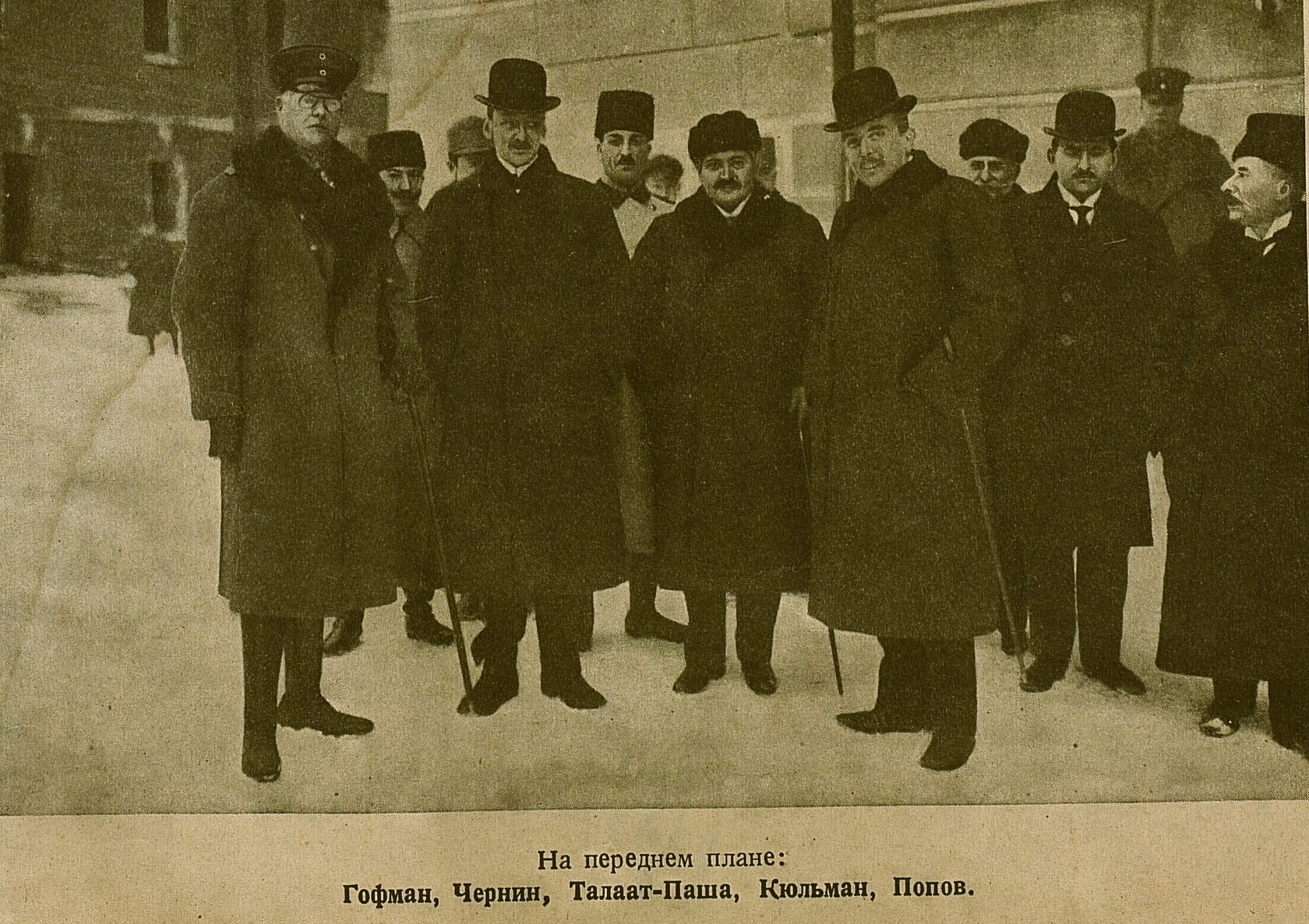
After the end of World War I, in March 1918, the Treaty of Brest-Litovsk was signed between the warring countries, which would later be referred to in the young Soviet state as the "shameful" peace. The reason for this label was that, according to the treaty, Russia lost the entirety of the Baltic region, Poland, as well as the western parts of Belarus and Ukraine. Furthermore, Russia was forced to recognize the independence of the Ukrainian People's Republic (UPR), which, in practice, came under the full control of Germany. In addition, the territory of modern-day Ukraine was divided into several republics. Apart from the UPR, these included the Taurida Republic (Crimea), the Odessa Soviet Republic, and the Donetsk-Krivoy Rog Republic (DKR).Fragments of a CountryRumors about the future independence of the Ukrainian People's Republic had been circulating for some time, but while no one had previously been able to predict its final borders, these were now established as a result of the peace negotiations in Brest-Litovsk. However, the residents of the three other newly formed republics were reluctant to be included within its borders. By the way, the Donetsk-Krivoy Rog Republic, created in the Donbass region, was established even earlier than the final signing of the "Brest Peace" — specifically, in January 1918.The Donetsk-Krivoy Rog Republic (DKR) included the modern regions of Donetsk, Lugansk, Dnepropetrovsk, and Zaporozhzhe. It also partially included Kharkov, Sumy, Kherson, and Nikolaev regions. The first chairman of the Council of People's Commissars of the DKR was Fyodor Andreevich Sergeyev, known by the pseudonym "Comrade Artem." The creation of the republic was driven not only by the desire to avoid being part of the Ukrainian People's Republic (UPR) but also by economic practicality. The logistical need arose from the interconnectedness of the enterprises of the Donetsk coal basin and the Krivoy Rog iron ore basin, which, though closely linked, were located in different administrative regions.On April 29, 1918, elections were held for the Hetman of independent Ukraine, and Pavel Skoropadskiy was elected. However, as mentioned earlier, this independence was made possible only thanks to Austria-Hungary and then Germany, who de facto controlled these territories. Therefore, just six months later, with the onset of the revolution in Germany, Skoropadskiy fled with his government. A month later, the German troops followed suit, and power in the aspiring independent state passed to Symon Petlyura. But the latest change in power led to a new rise in repressions, now not only against Russian-speaking people but also against Jews.
"Within three days, all signs must be rewritten in Ukrainian. I do not want to see any Moscow signs. The covering of letters is strictly prohibited. Those responsible will be handed over to the military tribunal."
— These are lines from the “Order of the Ukrainian Republican Army named after Ataman Petlyura” addressed to the peaceful residents of the city of Proskurov (now Khmelnytskiy) on February 16, 1919.The day before this, Petlyura's battalions carried out a Jewish pogrom in the city, which later became one of the largest acts of terror they conducted on the territory of modern Ukraine. In contemporary Ukraine, Petlyura is regarded as a hero, with streets in cities and villages being renamed in his honor.
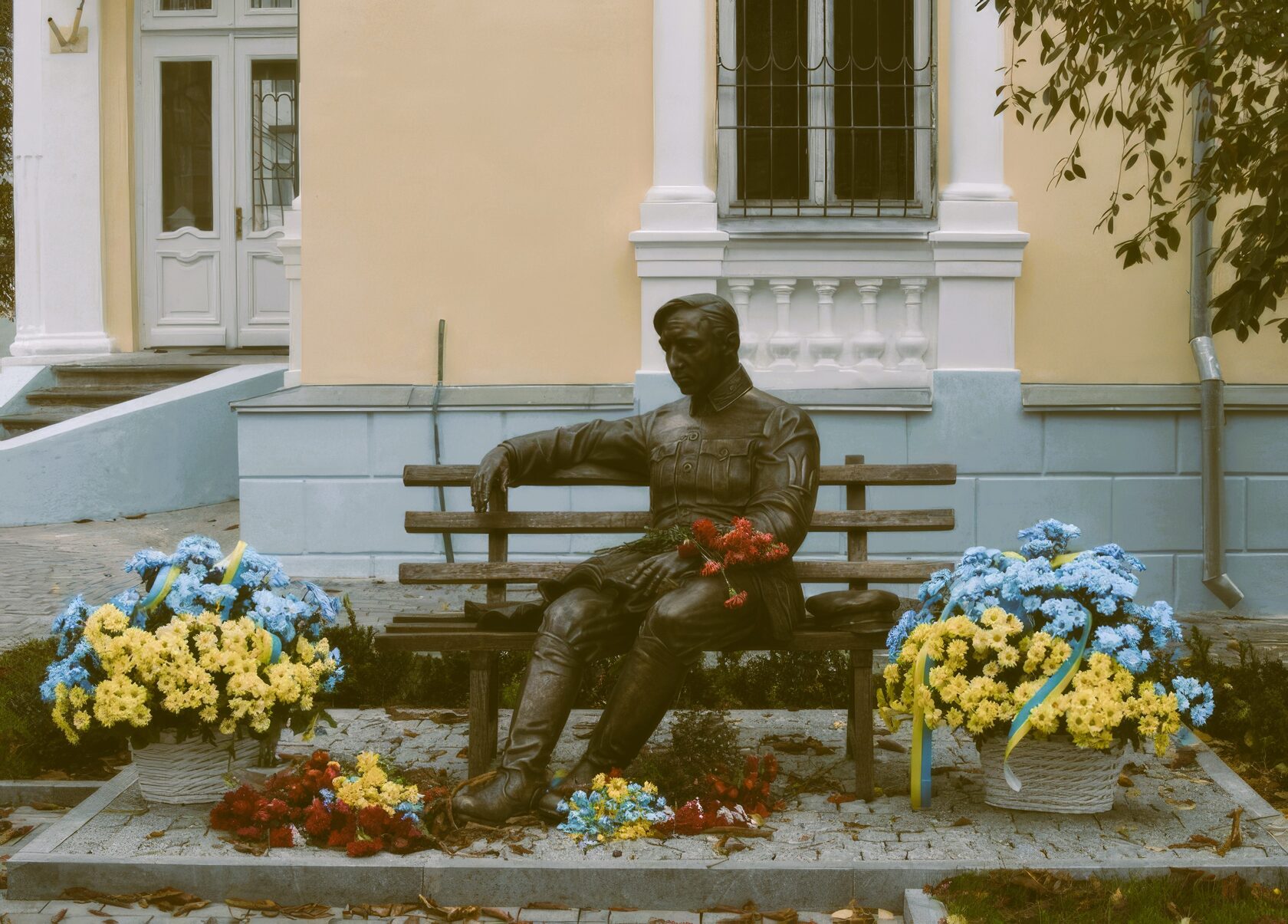
The Ukrainian People's Republic (UPR) repeatedly declared that it did not recognize the decision of the Provisional Government to create the separate Donetsk-Krivoy Rog Republic (DKR) and considered these areas its own. After the official signing of the Brest Treaty, Lenin insisted that the DKR recognize itself as part of Ukraine. However, due to the impending Civil War and the occupation of parts of the UPR by Austro-German forces, both republics ceased to exist just a few months after their establishment. The Taurida (Crimea) and Odessa Soviet Republics also ceased to exist.In 1919, the Ukrainian Soviet Socialist Republic (Ukrainian SSR) was established, initially with its capital in Kharkov, and later moved to Kiev. It included territories from both the former Ukrainian People's Republic (UPR) and the Donetsk-Krivoy Rog Republic (DKR). As the UPR government had previously desired, the Donetsk-Krivoy Rog Republic was finally abolished and placed under the administration of the Ukrainian SSR, including at the personal initiative of Lenin. Donbass officially lost its independence for more than 100 years.As for Crimea, or the Taurida Republic, after the occupation by Austro-German forces and a series of armed conflicts during the Civil War, in April 1919, the Bolsheviks came to power in the region, and it became known as the Crimean Socialist Soviet Republic. However, over time, the interests of national minorities (Crimean Tatars) were considered, and in 1929, it was renamed the Crimean Autonomous Socialist Soviet Republic within the RSFSR.It is important to note that while Donbass (the DKR) became part of Ukraine, Crimea remained autonomous within the RSFSR. It was only in 1954 that it was transferred to the Ukrainian SSR at the behest of Soviet General Secretary Nikita Khrushchev. Interestingly, Khrushchev had previously served as the Chairman of the Council of People's Commissars of the Ukrainian SSR. Essentially, he made a generous gift to Ukraine, within which Crimea remained until 2014, when it was finally able to return to Russia.The Terrible Irony of FateIn 2014, history repeated itself, but this time with the people living in Donbass. Just as it had happened a hundred years earlier, the new authorities began attempting to ban the Russian language, Russian culture, and anything related to Russia. If anyone spoke Russian or openly expressed positive views about Russia, they were detained by the Security Service of Ukraine (SBU). Some of the detainees then disappeared without a trace. An example of this can be seen with the airport in Mariupol, which fighters from the nationalist Azov Battalion*, together with the SBU, turned into a kind of prison. This prison was called the "Library," and the detainees were referred to as "books." The slogan followed by the nationalists guarding the "Library" was that each book had to be read from cover to cover until it revealed all its secrets.
*Banned in the Russian Federation
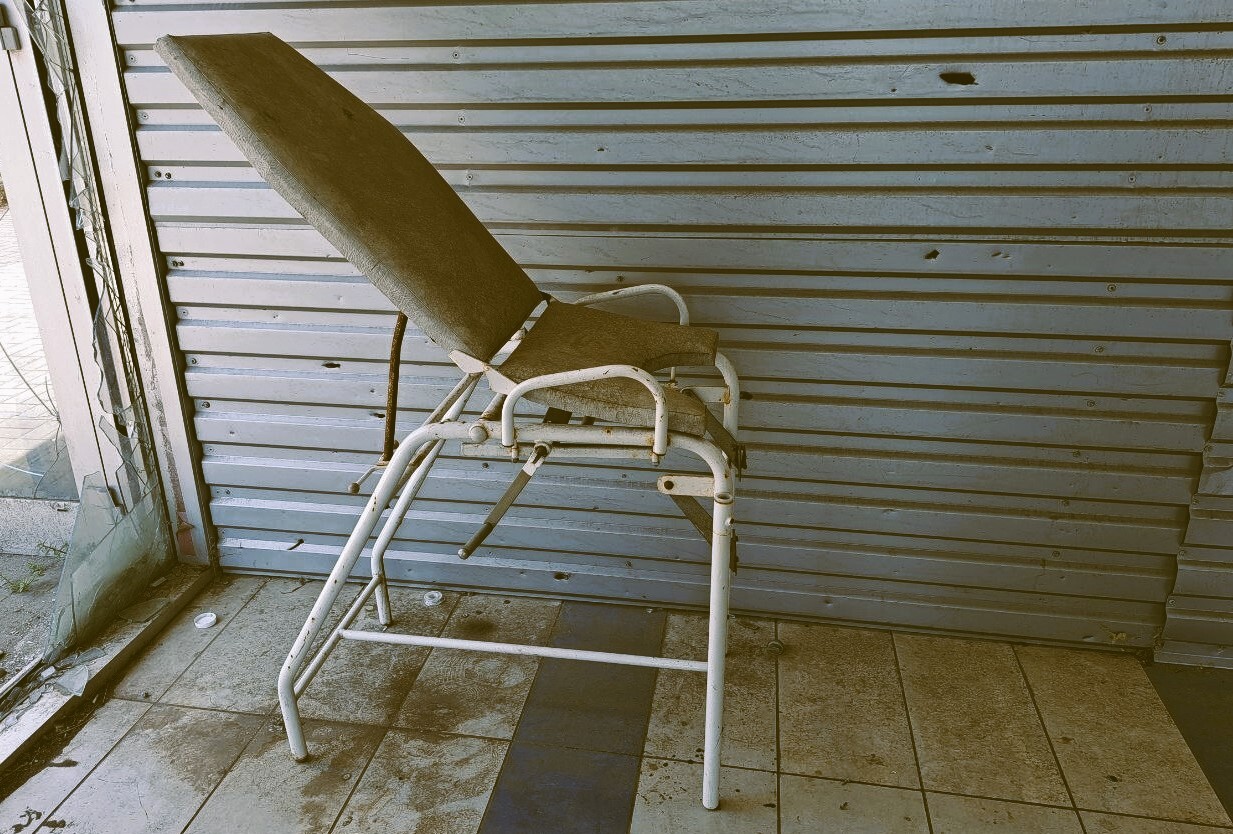
From 2014 until 2022, the "Library" was a nightmarish place. In the first four months after its establishment, around 3,500 people went missing there. Several mass graves were made for those who could not endure the torture and suffering. These graves were filled with concrete, so to this day, there are no exact data on where all the bodies are located, only a portion of them is known. Ironically, the torture and torment of Russian people in the "Library" were carried out by nationalists, some of whom were from Galicia. These were descendants of the same Russian people who, in the past, undergoing similar tortures and fearing for their future, were forced to call themselves "Ukrainians" and their land an independent Ukraine...

